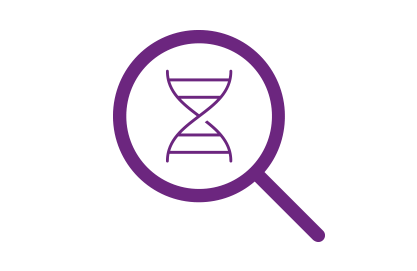An Increasingly Prevalent and Complex Disease to Study
About 25% of adults worldwide are estimated to have NAFLD, with higher rates in South America (about 30%) and the Middle East (over 31%)1. NASH, the more severe form, is estimated to occur in about 1.5% to 6.45% of the population, a figure medical experts expect to increase significantly in conjunction with rising rates of obesity and diabetes2. Both NAFLD and NASH impair liver function and are a leading reason for liver transplants.
NAFLD is a spectrum of disease, ranging from simple fatty liver disease, with little or no inflammation of the liver or the liver cells, to NASH, which is characterized by inflammation of the liver and damaged liver cells and which can include fibrosis. NAFLD can progress to cirrhosis, end-stage liver failure, and hepatocellular carcinoma. There are no FDA- or EMA-approved NASH therapeutics as of this writing; however, there is a robust pipeline of drug candidates against a wide range of targets.
The study of NASH is particularly complex for a variety of reasons. First, it is increasingly viewed not as a single disease but rather as a spectrum of conditions. Typically, NAFLD presents initially as fatty liver, which can, but does not always, proceed to an inflammatory state and more severe disease. NASH may occur concurrently with conditions like obesity, type 2 diabetes, insulin or glucose resistance, high cholesterol, or metabolic syndrome, though that is not always the case.
Additionally, researchers believe that disease development involves multiple pathways. In their review of NASH-related liver cancer development, Kutlu et al. noted that both clinical and epidemiological studies suggest multiple mechanisms are at work in the progression from simple fatty liver to NASH3. Factors implicated in NASH progression include lipotoxicity, inflammation, the microbiome, and more.
Further complicating matters, NASH may be largely asymptomatic in many instances, eluding both patients and physicians until it reaches a late stage. Most often a firm diagnosis is made only after a liver biopsy—a procedure that comes with risks, such as scarring, and the potential for inaccuracy, since it is based on a small tissue sample. Although various imaging and other diagnostic modalities are making great progress, liver biopsy remains the gold standard for NASH identification. Diagnostic difficulties and the lack of effective therapies for advanced NASH make this a challenging disease.
 Key Takeaways
Key Takeaways














.jpg)

.jpg)
.jpg)
.jpg)
.jpg)





.jpg)


.jpg)
.jpg)

.jpg)


.jpg)





.jpg)

.jpg)







